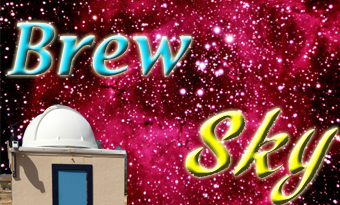I recently had the opportunity to borrow a Sky Quality Meter from NOAO at Kitt Peak. This allowed me to measure the darkness at my site.
I have tried a couple of ways to estimate the quality. There a couple of techniques where one counts the visible stars in a constellation, and based on the number of visible stars a Bortle reading is made. I came up with perhaps a 5.0-5.2 rating, but it seemed pretty unreliable since I can’t see very well in the first place.
The SQM reads values in units of mag/arcsecond2, so I had to find a conversion from these units to the Bortle scale. I found a web site which did the calculation, so I plotted a variety of SQM values versus the corresponding Bortle values. This turned out to be a line, so I was able to fit the data to a conversion formula:

Bortle = 0.6761 (SQM) – 8.0467
My data shows that a) having a partial moon up definitely degrades the value, and b) once I get past about an hour after astronomical sunset, the value stays relatively constant.
Tuesday, Sept 30, 2014 Astronomical twilight ends at 7:30
8:10 PM 19.81, 19.82, 19.80 = 19.81 Bortle = 5.35 1/2 Moon high
10:25PM 20.46, 20.40, 20.50 = 20.45 Bortle = 5.78 Moon low
12:20AM 20.57, 20.66, 20.50 = 20.57 Bortle = 5.86
2:25AM 20.58, 20.61, 20.58 = 20.57 Bortle = 5.87
Wednesday, Sept 31, 2014
7:45 PM 19.11, 18.99, 18.98 = 19.02 Bortle = 4.81 1/2 Moon very high just after astronomical sunset
8:20PM 19.83, 19.62, 19.73 = 19.73 Bortle = 5.29
9:30PM 19.81, 19.89, 19.80 = 19.33 Bortle = 5.02
10:30PM 20.03, 19.99, 19.99 = 20.01 Bortle = 5.48 moon is still high
My sky came out just under 6 (5.87); I am sure that if I had no moon, it would have been over 6. Reassuring, I was worried that the whole move to Casa Grande for somewhat dark sky had been in vain.
